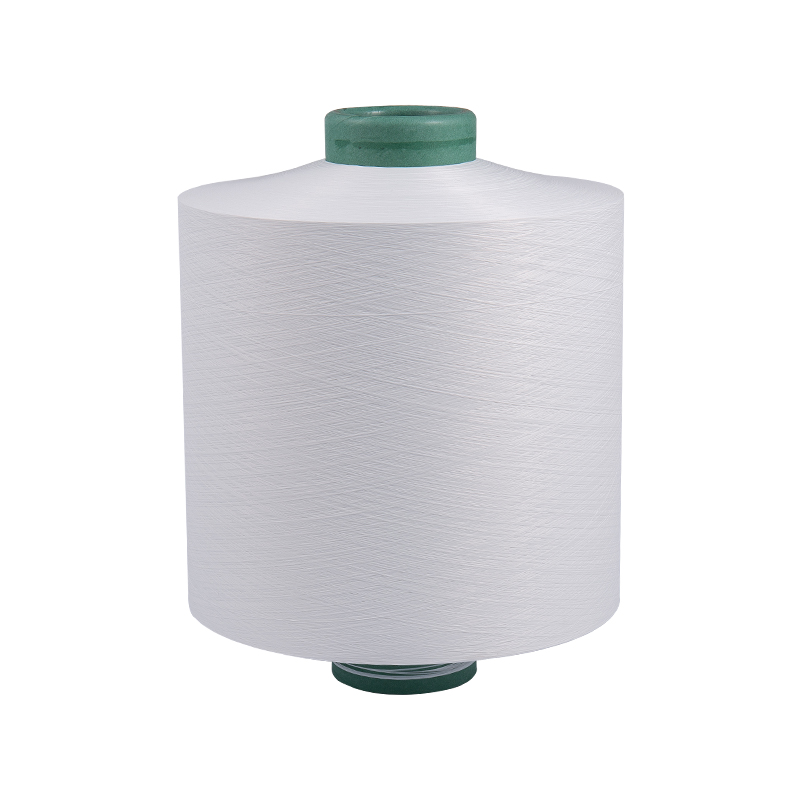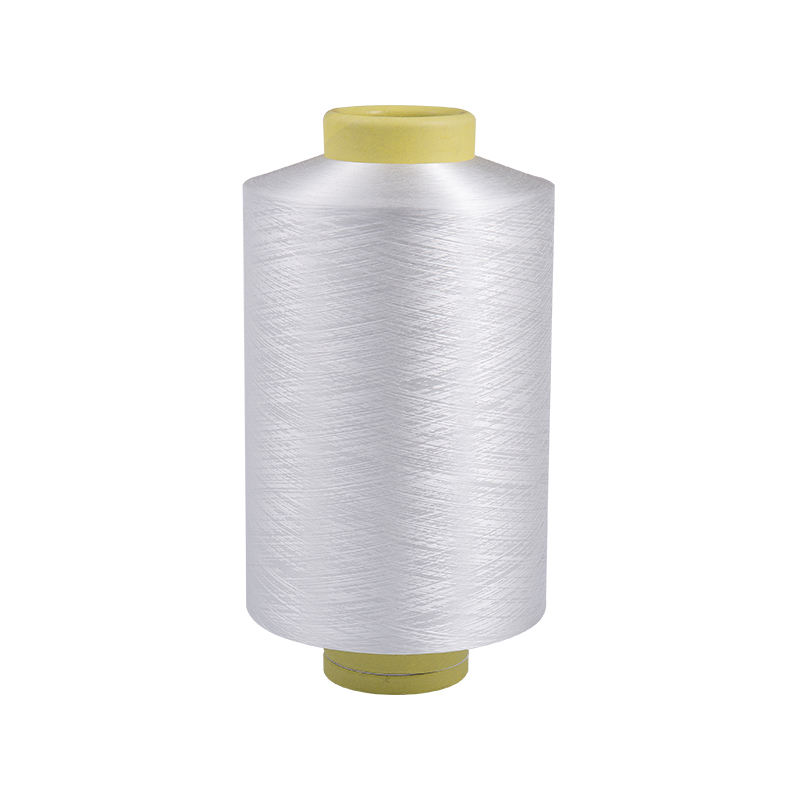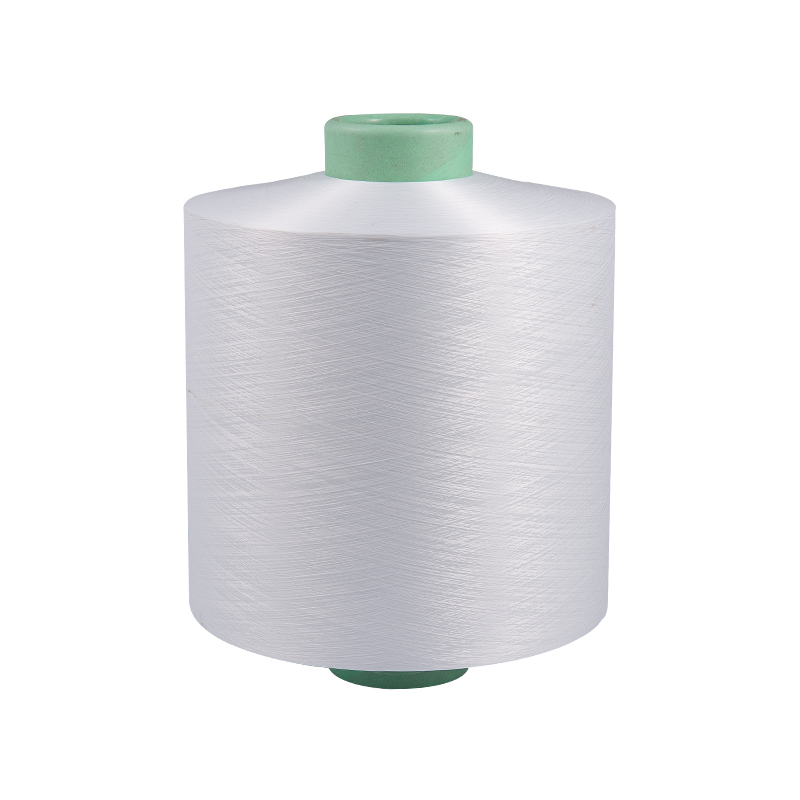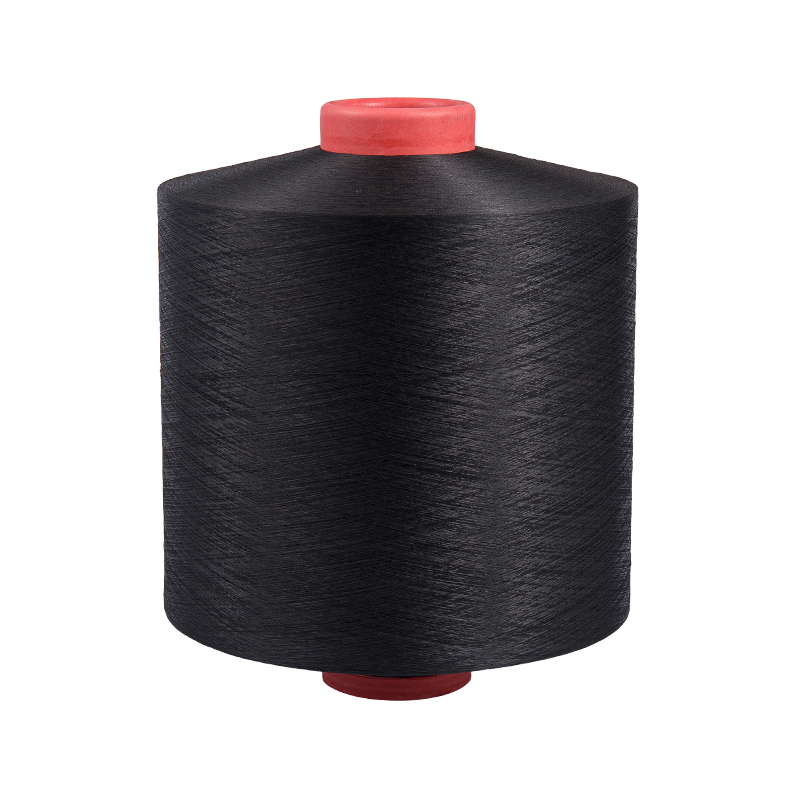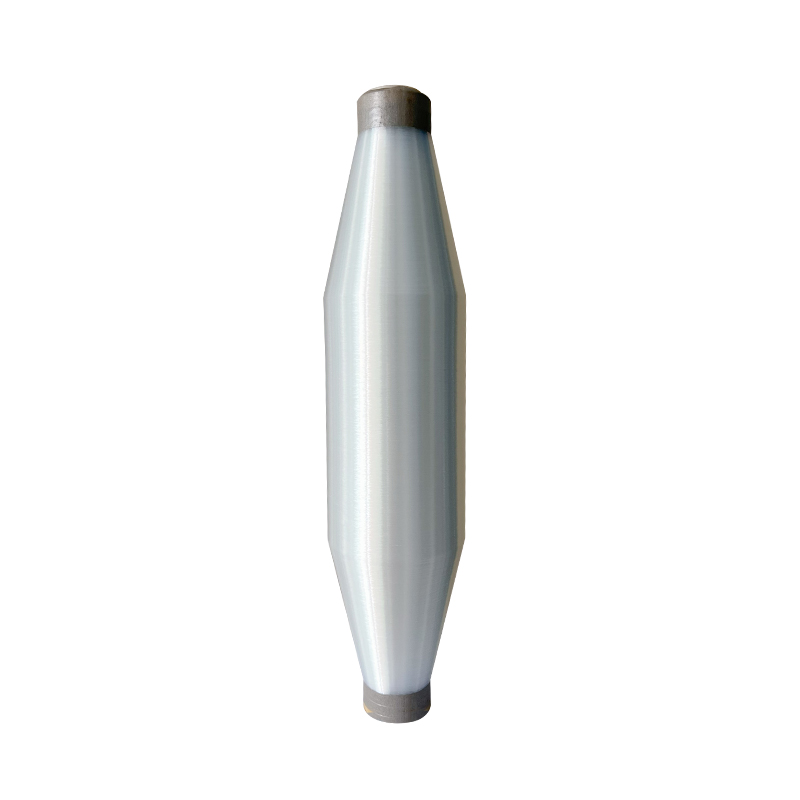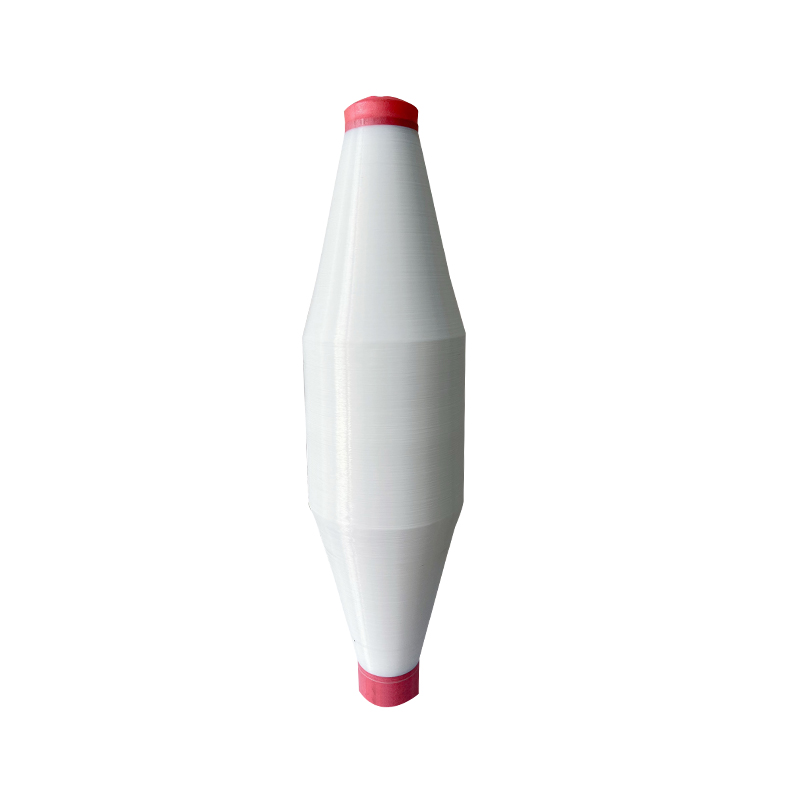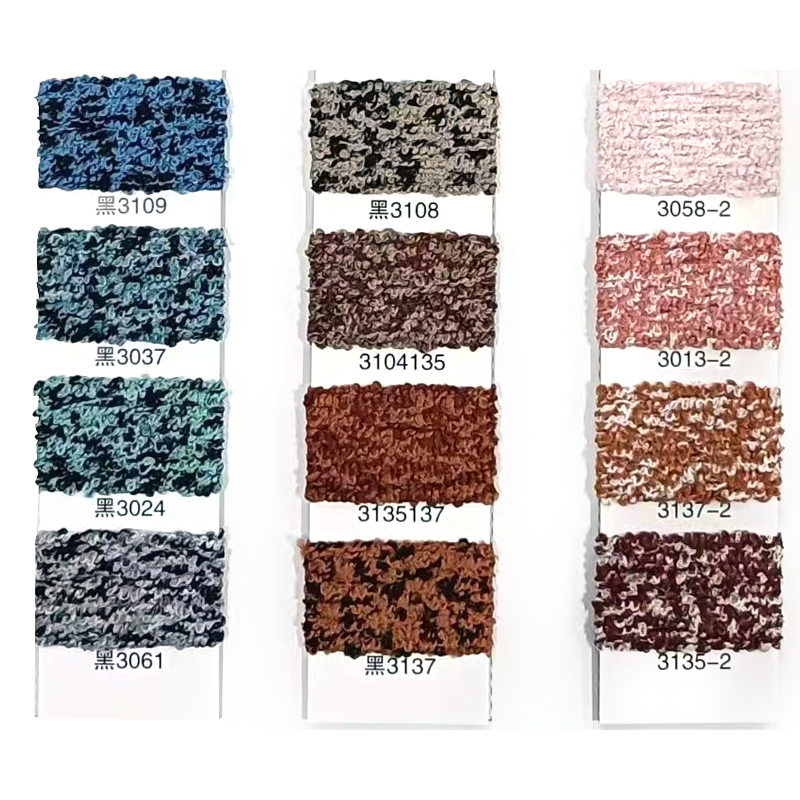Why Is Polyester Monofilament a Preferred Material Across Filtration, Textile, and Industrial Applications?
2025-05-09
In the world of high-performance synthetic fibers, polyester monofilament occupies a critical role due to its unique combination of mechanical strength, chemical resistance, and dimensional stability. But what exactly makes this single-strand fiber such a preferred material in various demanding industries, from precision filtration to industrial textiles and medical mesh?
At its most fundamental level, polyester monofilament refers to a single continuous filament made from polyethylene terephthalate (PET). Unlike multifilament yarns, which are composed of numerous fine fibers twisted together, monofilament is extruded as a single, uniform strand. This structural simplicity results in distinctive properties, including greater tensile strength, smooth surface finish, and superior abrasion resistance.
One of the primary advantages of polyester monofilament is its mechanical durability. The fiber exhibits high tensile strength and low elongation, making it ideal for applications that demand dimensional stability under tension. For example, in woven filtration fabrics, polyester monofilament ensures precise pore sizes, consistent performance, and minimal deformation even under variable flow pressure or repeated cleaning cycles. This stability is especially important in industries like water treatment, food processing, and chemical manufacturing, where filtration reliability is critical.
In addition to mechanical strength, polyester monofilament offers excellent resistance to a wide range of chemicals, including acids, alkalis, and solvents. This resistance is vital for use in corrosive environments, such as industrial wastewater filtration or chemical handling equipment. Unlike natural fibers, polyester does not degrade in moist or acidic conditions and can maintain its performance over extended periods, even when exposed to aggressive agents.
Thermal performance is another area where polyester monofilament stands out. With a melting point around 255–265°C and good dimensional stability up to 150°C, it is suitable for medium-temperature processes. Although it is not as heat-resistant as materials like PPS or PTFE, polyester offers a balance between thermal endurance and cost-efficiency, making it suitable for applications such as dryer belts, screen printing mesh, or textile conveyor belts.
The smooth surface of monofilament gives it another unique advantage: low particle retention and easy cleaning. This is especially beneficial in hygienic environments such as food-grade sieves, medical screening mesh, or pharmaceutical filtration systems, where avoiding contamination is a priority. The smooth texture also reduces friction in mechanical applications, extending the lifespan of components and reducing maintenance needs.
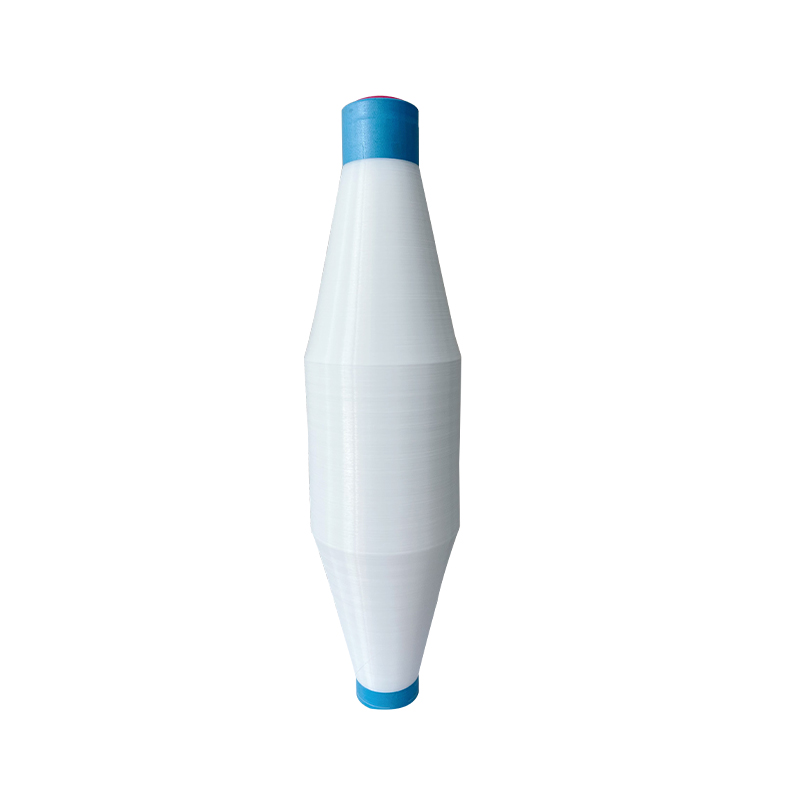
From a manufacturing standpoint, polyester monofilament is produced through a controlled extrusion process that allows for a high degree of customization in diameter, cross-section shape, and tensile properties. Typical diameters range from 0.05 mm to over 1.0 mm, and surface treatments such as plasma or corona modification can be applied to improve adhesion, wettability, or dyeing compatibility. This flexibility makes it suitable not only for traditional textile use but also for advanced technical fabrics and engineered composites.
In terms of applications, the versatility of polyester monofilament is extensive. In the filtration industry, it is widely used in screen filters, centrifuge cloths, belt filters, and sieving media. In textiles, it serves in reinforcing fabrics, industrial meshes, monofilament knitting, and outdoor fabrics where UV stability and dimensional strength are essential. In agriculture, monofilament is employed in shade nets and greenhouse fabrics. Even in automotive components and aerospace insulation, monofilament serves functional roles requiring lightweight strength and resistance to harsh environments.
Environmental considerations also play a growing role. Polyester monofilament is recyclable, and many manufacturers are now incorporating recycled PET (rPET) into their extrusion processes. This not only helps reduce the carbon footprint of the final product but also aligns with broader sustainability goals in manufacturing and end-use industries.
To sum up, polyester monofilament is far more than a basic synthetic fiber. Its well-balanced combination of strength, chemical resistance, thermal stability, and adaptability makes it a cornerstone material in multiple industrial sectors. As technology evolves and application demands grow more specific, the role of polyester monofilament is set to expand further, continuing to offer reliable performance in even the most challenging environments.




 English
English 中文简体
中文简体 Español
Español عربى
عربى

